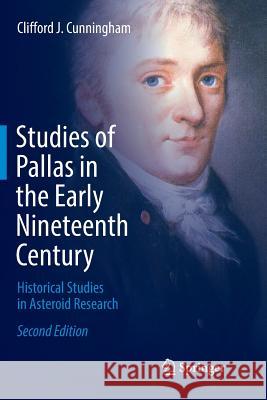Studies of Pallas in the Early Nineteenth Century: Historical Studies in Asteroid Research » książka
topmenu
Studies of Pallas in the Early Nineteenth Century: Historical Studies in Asteroid Research
ISBN-13: 9783319813837 / Angielski / Miękka / 2018 / 477 str.
Studies of Pallas in the Early Nineteenth Century: Historical Studies in Asteroid Research
ISBN-13: 9783319813837 / Angielski / Miękka / 2018 / 477 str.
cena 384,63 zł
(netto: 366,31 VAT: 5%)
Najniższa cena z 30 dni: 383,73 zł
(netto: 366,31 VAT: 5%)
Najniższa cena z 30 dni: 383,73 zł
Termin realizacji zamówienia:
ok. 20 dni roboczych.
ok. 20 dni roboczych.
Darmowa dostawa!
Kategorie BISAC:
Wydawca:
Springer
Język:
Angielski
ISBN-13:
9783319813837
Rok wydania:
2018
Wydanie:
Softcover Repri
Ilość stron:
477
Waga:
0.68 kg
Wymiary:
23.39 x 15.6 x 2.51
Oprawa:
Miękka
Wolumenów:
01
Dodatkowe informacje:
Wydanie ilustrowane











